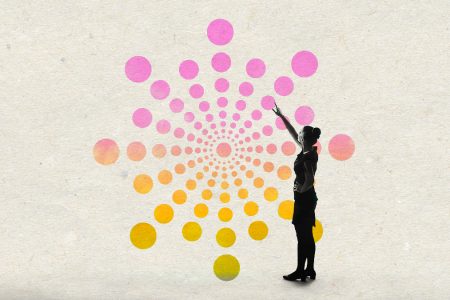
By force of habit, most executives tune down their imagination when strategizing. This is counterproductive, the authors argue. Instead, they offer an alternative: Design fiction. A design technique that immerses executives and employees deeply in various possible futures, it uses artifacts such as short movies, fictitious newspaper articles and imaginary commercials to generate transformation roadmaps. Rooted in the future but helping to act in the present, design fiction results in concrete actions taken to adjust companies’ visions, strategies, and activities to create a better future.
Trying to predict what the future will look like is doomed to fail. Yet this is what most executives do when they strategize. They — we — do this because we have been trained and educated to use trends and statistics to predict what is likely to happen and prepare accordingly. As a result, companies struggle to react to changes in their environments when they should be shaping them proactively. This is an issue for executives around the globe whose strategizing, anchored in the past, misses out on important opportunities to envision, and design, possible futures.
Over the past seven years in working with about 50 executive teams around the world, we’ve been experimenting with an alternative approach to strategy: design fiction. Design fiction is a technique that immerses executives and employees deeply in various possible futures, and uses artifacts such as short movies, fictitious newspaper articles, and imaginary commercials to generate transformation roadmaps.
